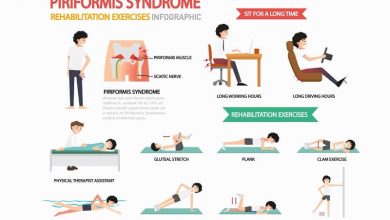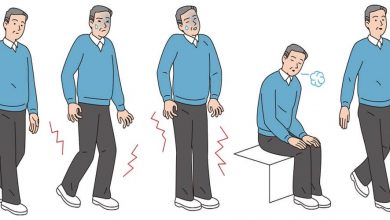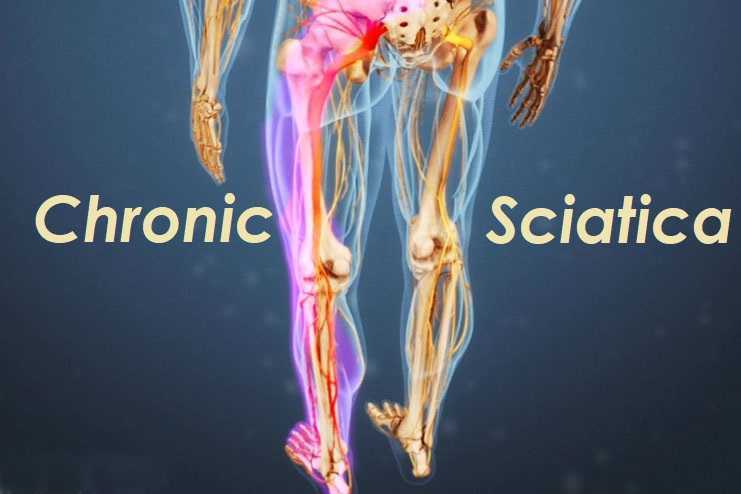Alternative therapy for sciatica
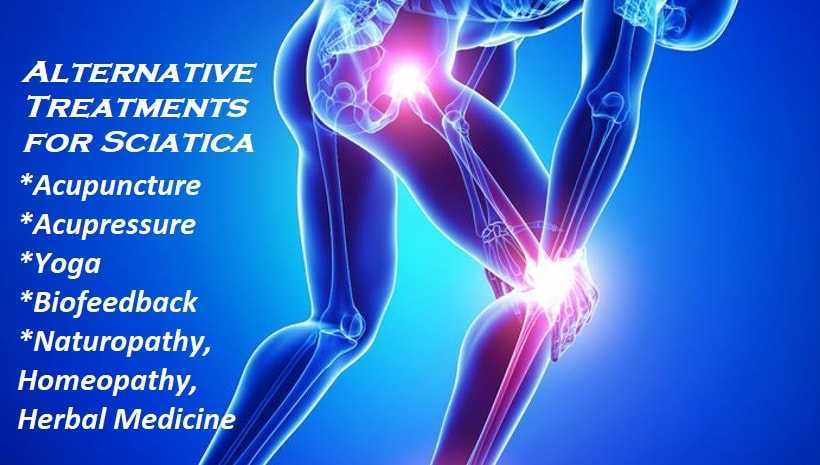
Many people who suffer recurrent bouts of sciatica are looking for alternatives to modern and traditional medicine in their attempt to get relief from the pain and other symptoms of sciatica. More and more patients are concerned about taking pain medication too frequently and are searching for alternative treatments for sciatica.
Relief is the top priority for sciatic sufferers, regardless of whether they experience episodic, acute or chronic sciatica. Alternative sciatica treatments often are able to give this relief without the use of drugs. Many people find that a combination of therapies and treatments gives them the best results in relieving sciatica.
These are some of the alternative therapies you might like to try to relieve sciatica pain:

Acupuncture
This ancient form of Chinese medicine is gaining in popularity with Westerners. The aim of acupuncture is to restore the normal flow of energy around the body to allow the body to heal. Very fine needles are gently inserted into very precise points, called acupoints, around the body to give relief from a variety of illnesses. The needles only just pierce the skin and may be heated or stimulated in some way to increase the efficacy of the treatment.
You would need to have several acupuncture sessions to get relief from your sciatica symptoms but a trained and accredited therapist will be able to advise you. Those patients who use acupuncture to treat a range of symptoms report that the process is not painful and they find the sessions are relaxing.
Acupressure
Acupressure is closely related to acupuncture and uses the same Meridian acupoints to return the healthy flow of energy around the body, giving relief from pain and other symptoms. Instead of using needles, the acupressure therapist applies firm pressure to the precise points on the body, using fingers, thumbs and elbows. Again, make sure you seek a fully trained and accredited therapist.
Yoga
Yoga is an ancient activity that aims to balance the mind, body and spirit and is wonderful for giving relief for sciatica sufferers. The gentle exercises stretch and strengthen the muscles and create awareness of the body. Breathing and meditation practices help with relaxation which can be helpful in controlling pain. The best way to try yoga is to attend a class but it is important to talk to the instructor first about your sciatica. There are some yoga classes that are designed for people who suffer back pain.
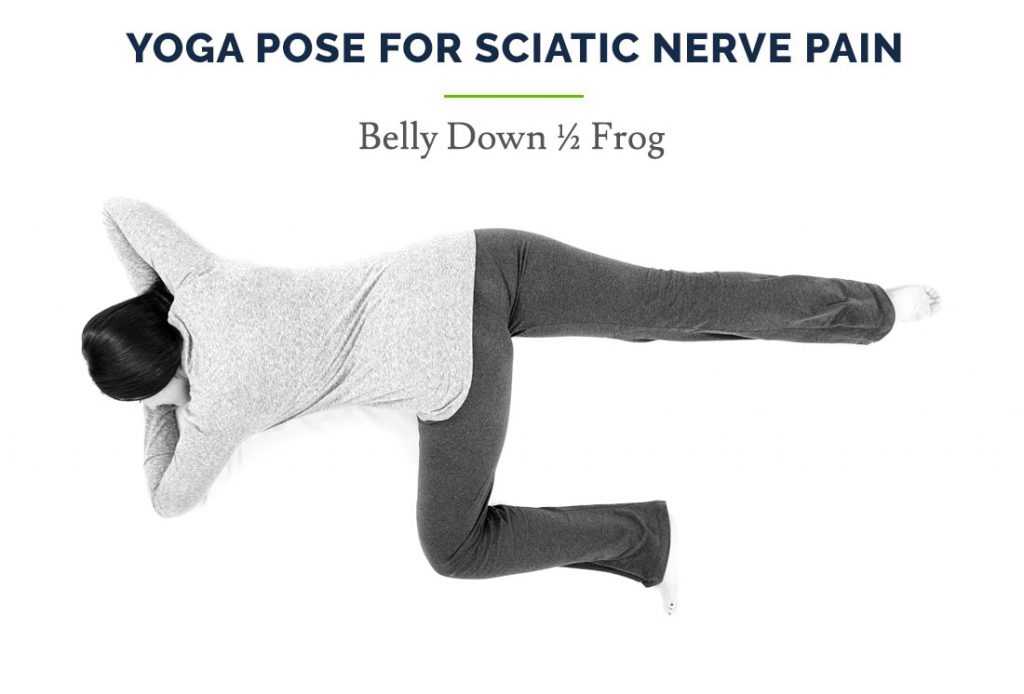
Biofeedback
This is a mind body alternate therapy that teaches you how to alter or control your reaction to pain and stress. Techniques of deep breathing, visualization, mental exercises and physical movements are taught. While some patients have found benefit from biofeedback, there has been very little research done on this therapy and its effectiveness on sciatica pain.
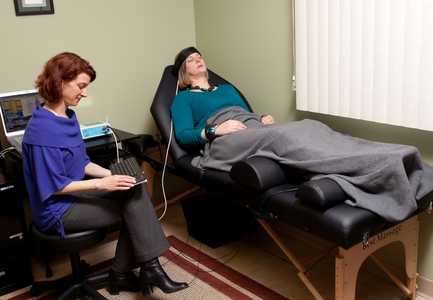
Naturopathy, Homeopathy, Herbal Medicine
All these alternative therapies have sciatica treatments which some people find effective in relieving the symptoms of sciatica. Plants have been used for centuries to treat a wide range of ailments and some are still in use today. While each of these therapies has a different philosophy, they are also similar in many ways. To see if you can benefit, consult a trained and accredited therapist.

Prevention
It has been said that prevention is the best cure and there are many ways that you can help yourself and prevent or limit further sciatica pain. A well-balanced nutritional diet gives your body the correct fuel to function properly; limiting overly processed and fast foods keeps your body functioning well and at a healthy weight; including regular moderate exercise as part of your lifestyle is vital for body strength, fitness and freedom from pain; specific sciatica exercises which strengthen and stretch the core muscles of the torso will help your posture and protect the spine from further injury.
Ergonomics refers to how you sit, stand and move and correct posture during all activities will help keep your spine protected. Learn how to lift heavy objects correctly, bend the knees when leaning forward or bending over, maintain an upright posture when sitting and standing for long periods and take regular breaks from a task that keeps you sitting for more than an hour.

